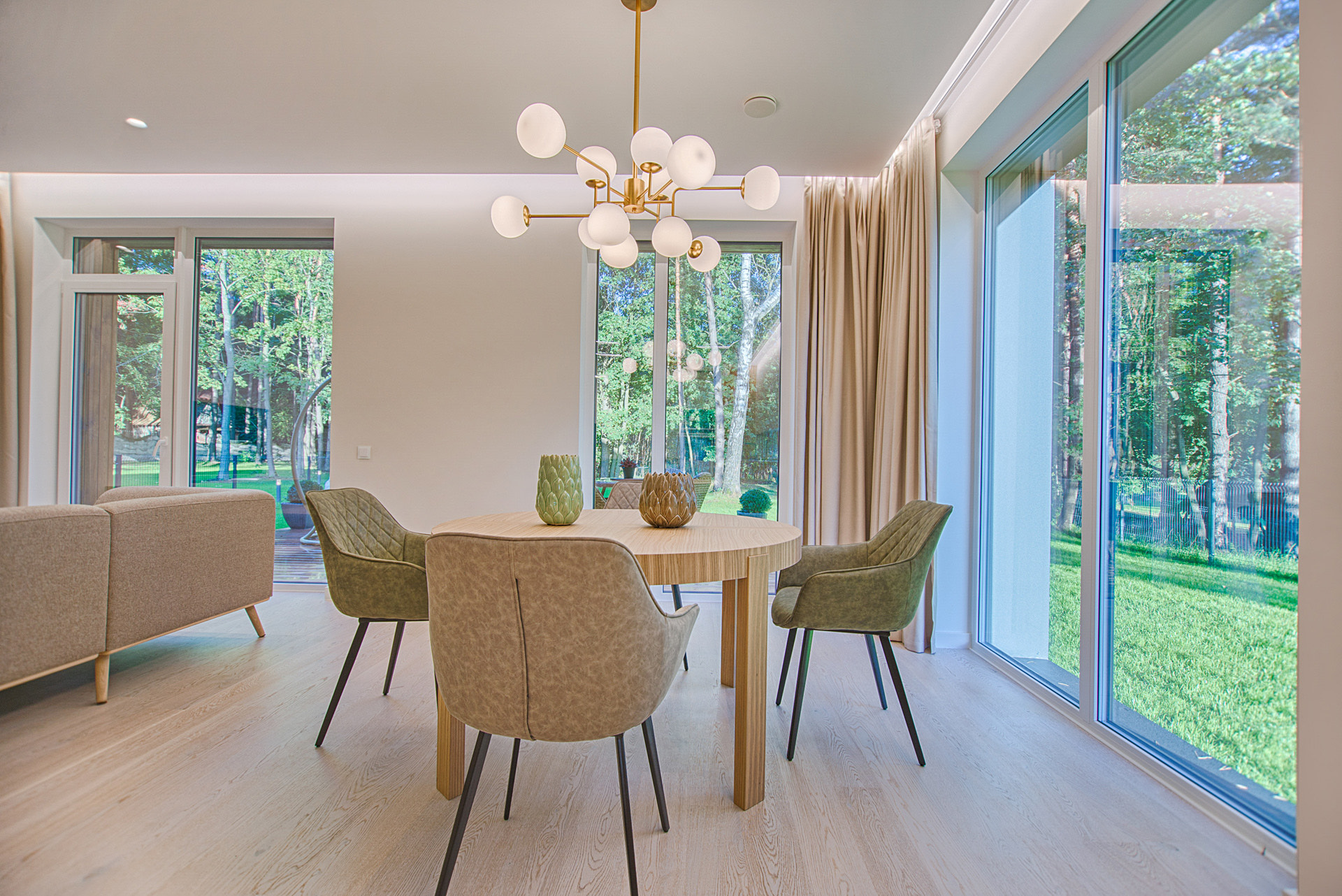It’s not something that we think about much. When a lightbulb blows in our home or just stops turning on, we head out to the nearest supermarket and buy the most inexpensive replacement we can find. We always tell ourselves that we’ll replace that bulb with a better one next time we remember to, but we never do.
Instead, we forget all about that bulb until it’s time to replace it again. It won’t be anytime soon; most average lightbulbs can keep glowing for a few hundred to a couple thousand hours. Depending on the placement of that bulb, you might need to switch it out again this year or in a couple years.
But you will be buying another one sooner than you would buy a second LED bulb. Let’s assume, for the sake of this argument, that you’re buying typical, off-the-shelf incandescent lightbulbs.
The power behind incandescent and LED
While an incandescent lightbulb has glowing filaments, an LED bulb has electrons that create the light we see. Because of this, incandescent bulbs will give off a lot of heat, while LED bulbs barely create any.
Incandescent bulbs also use a lot more energy than LED bulbs. This is because the diode light in LED bulbs is more efficient than the filament light of an incandescent bulb.
Energy usage
On average, an LED bulb will use somewhere around 75% less energy than your typical incandescent lightbulb – and when used in a low power setting (such as an LED lamp, rather than a main light), you’ll save even more on energy.
When we look at wattage, we often think that a higher number means a brighter light and more power. More power, certainly, but the kind of power that costs you money on your energy bill.
While an LED lightbulb in a lamp may only be 11 watts or so, you would need a 50-watt incandescent lightbulb to get the same lighting affect.
Now think of all this in terms of your energy bill – kilowatts per hour. You’d only need a 16-watt LED to stand up to the same power as a 100-watt incandescent lightbulb. Even without doing the math, your LED bulb is going to cost you less to run it.
For more information read our blog post on our Top Tips For Saving Energy At Home.
Bulb cost
Cost is definitely one to bright up straight away. LED bulbs are so common now that you can find them for around the same price as any standard incandescent lightbulb. Not only that, but smart LED lights are very popular at the moment and will likely become even more popular as time goes on. We’re in an age where technology is making life simpler at the touch of a button and having a set of lightbulbs in your home that you can control via an app is certainly simple. These smart bulbs can be purchased for as little as £10-£15 each now, as well!
Safety
As a final note, LED bulbs can be safely thrown in your regular bin without being taken to a hazardous waste centre like some other lightbulbs (CFL bulbs, for example, contain mercury). That makes disposing of them a lot simpler.


